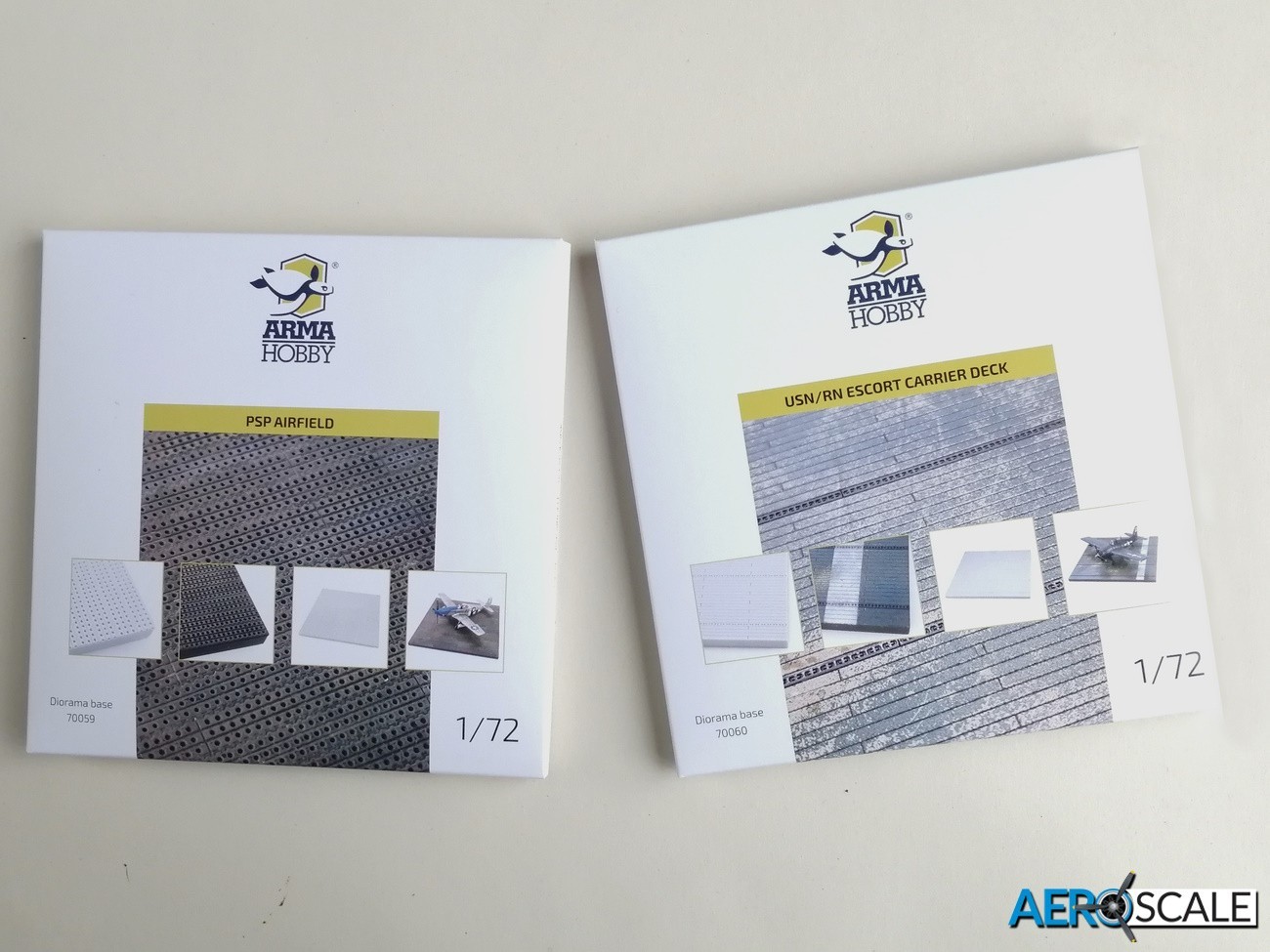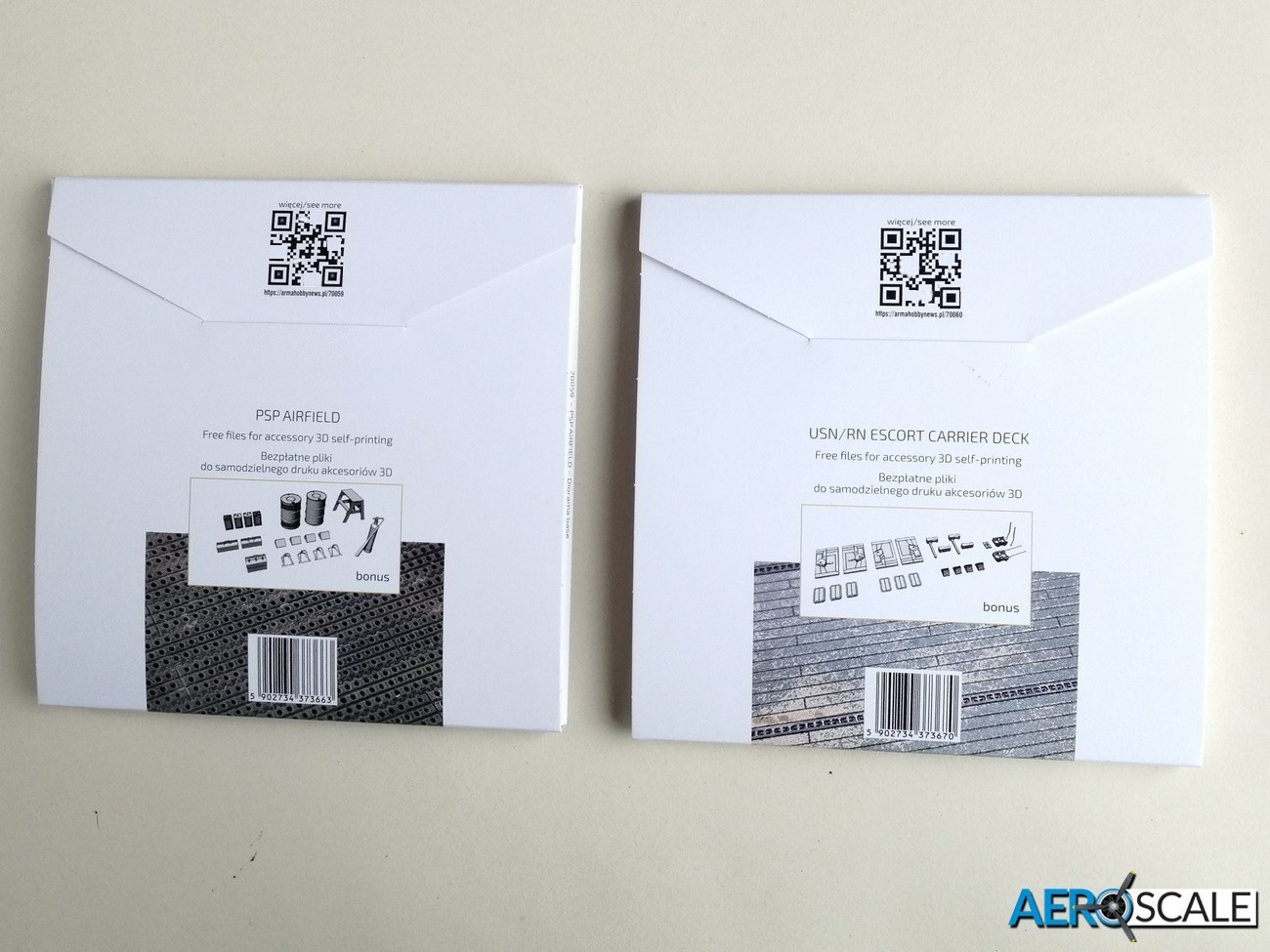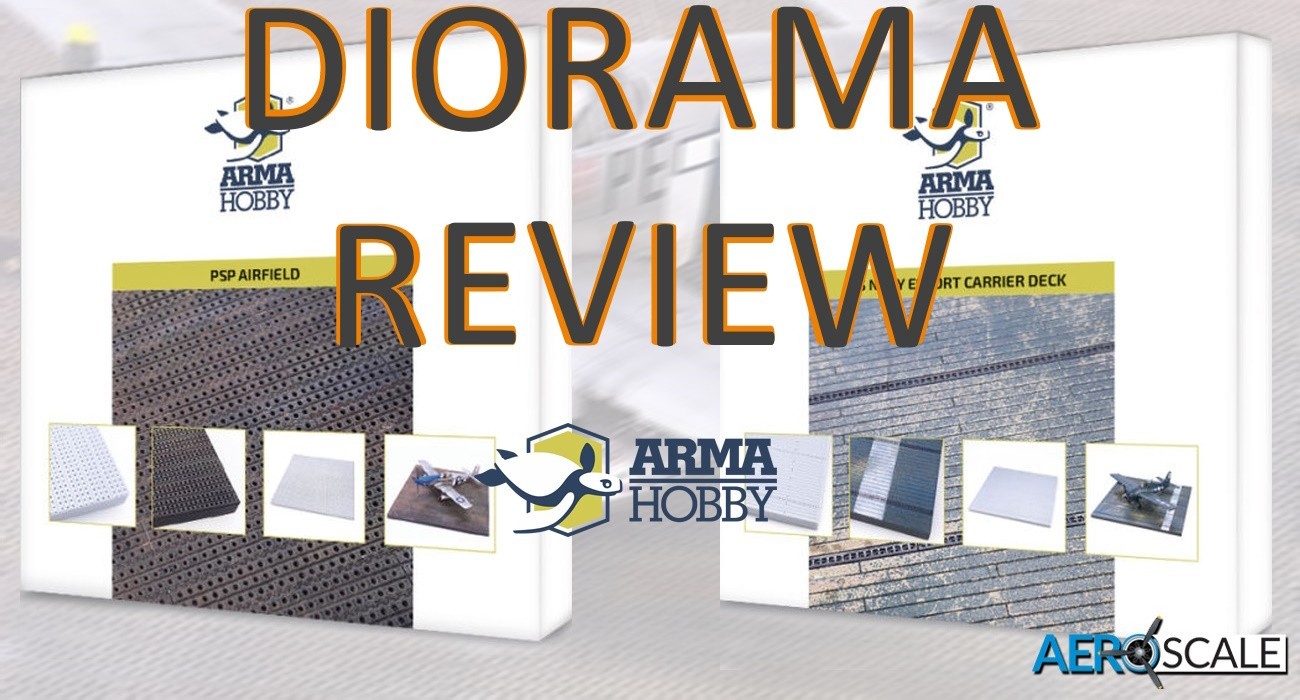
PSP Marston Mat Airfield WW2
Pierced Steel Planking [PSP], or Marston Mat, used to reinforce the surface of airfields with perforated steel mats. Manufactured in the USA from the beginning of the Second World War and used in all theatres of war including: the Pacific, Europe, Africa and even Greenland. It was first used at Camp Mackall airfield, North Carolina. Made from corrosion-resistant manganese steel, a single mat was 10 ft (3.0 m) long by 15 in (0.38 m) wide and weighed around 66lbs. Holes allowed drainage and reduced the weight. Each piece was ringed with hooks to connect the mats into a permanent surface. Experienced Army engineers and Seabees ("CBs"; Construction Battalions) were able to build a complete runway in 72 hours. Enough PSP to build an airfield could be carried within a cargo hold of one Liberty ship. Although designed for smaller combat aircraft, the PSP at the start of the Berlin Airlift. The runways at Tempelhof Airport in the US Zone of Berlin were made of PSP. Though the PSP runways needed to be repaired after every cargo aircraft landed.

USN/RN Escort Carrier Deck
There were five basic types of escort carrier: Long Island, Bogue, Casablanca, Sangamon and Commencement Bay. The Royal Navy had their own class of sscort carrier the Ruler and Attacker. The Americans primarily used Wildcats and Avengers on the escort carriers, while the British used Sea Hurricanes or Martlets/Wildcats (less often Seafires) in teams with Swordfish or Tarpon/Avengers. Escort carriers were used as aircraft transporters in the Pacific. Hellcats and Corsairs for Marine Squadrons, as well as P-51 Mustang, P-38 Lightning, P-39 Airacobra, P-40 and many others for the USAAF.
The bases are contained in a box, with painting suggestions on the front and back of the packaging. There is a QR code on the back to print off the free 3D accessories available for each release. The bases measure 152 x 152 and 6 mm high. The plastic around the edge underneath the base is around 1mm thick. They are designed for one aircraft. The recessed detail is superb and consistent, the drainage or tie down grates on the carrier deck look particularly well done. The bases feel quite robust and one surviving a fall on the floor. There is nothing to do with them, no sprue or ejection marks to remove. Though you might want to give them a wash to remove any release agent and the slightest of sanding for any paint to adhere. Bases are not painted and there is no information about what to paint them other than the picture on the front of the packaging. The images do provide a pretty good idea of colour and the amount of weathering on the carrier deck is worth noting. Apparently, the escort carrier wooden decks were painted dark grey or left unpainted. There is no deck markings moulded into the plastic, so this is totally up to the modeller to paint in if desired.
The 3D print accessories can be accessed using the QR code on the packaging. The file for 3D printing is a universal STL format. The accessories include:
70059 PSP Marston Mat Airfield WW2 – 1:72
- fire extinguisher,
- toolboxes,
- fuel barrels,
- British ‘flimsy’ fuel cans,
- wheel chocks
- wooden trestle
70060 USN/RN Escort Carrier Deck - 1:72
- arrestor cable mounts,
- British and American versions of wheel chocks,
- bomb cart
Conclusions
These are great looking bases for any single or small twin engine aircraft. By themselves they add a bit more dimension to the subject modelled. You can keep it simple with just the base or add to the diorama using the included 3D files or your own source of accessories. Highly recommended.
Price for each base from Arma Hobby is €8.64
Please remember, when contacting retailers or manufacturers, to mention that you saw their products highlighted here – on AEROSCALE.

